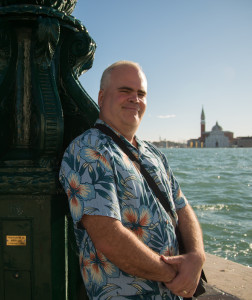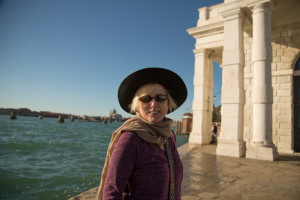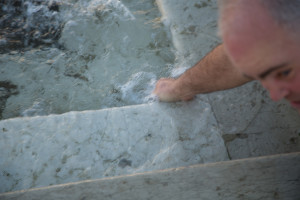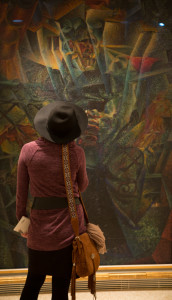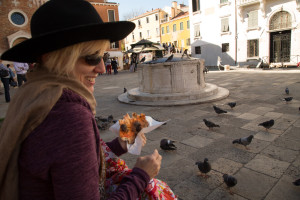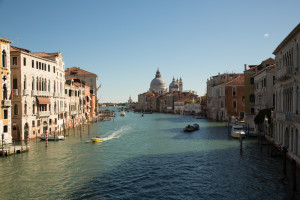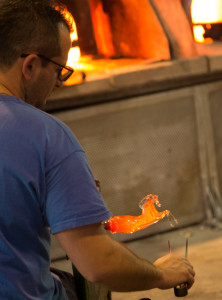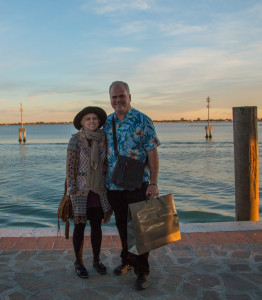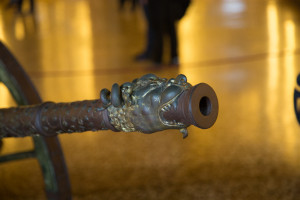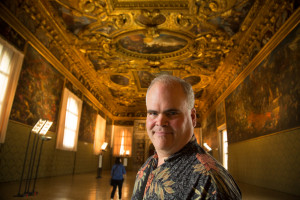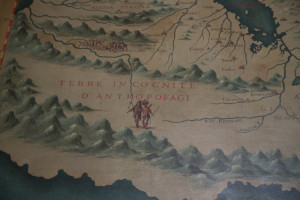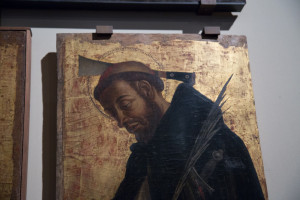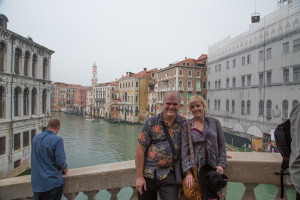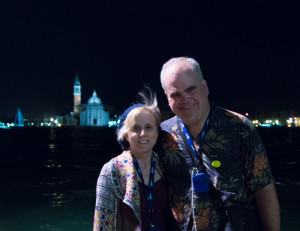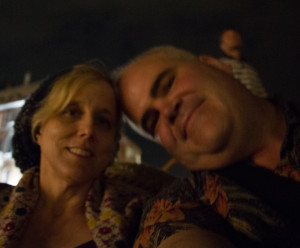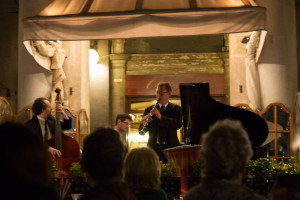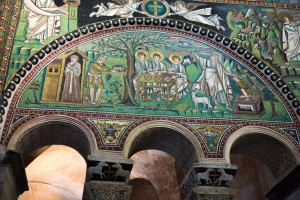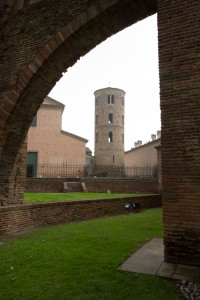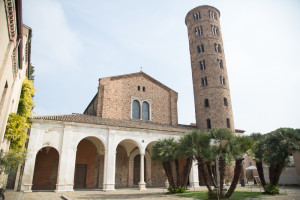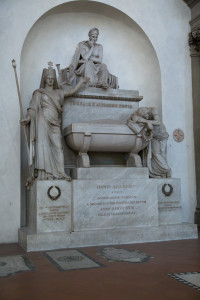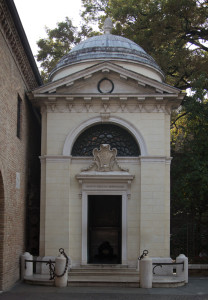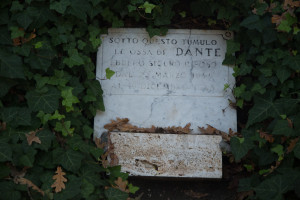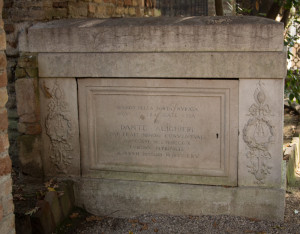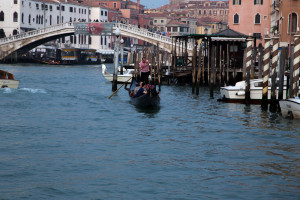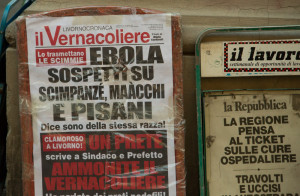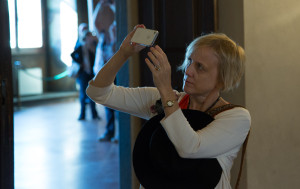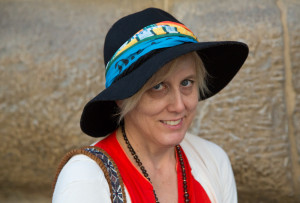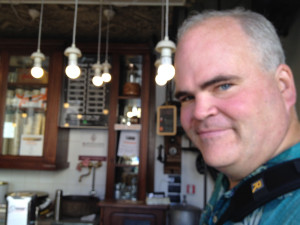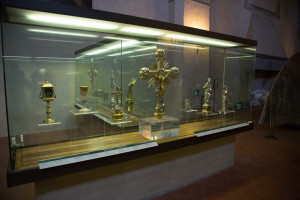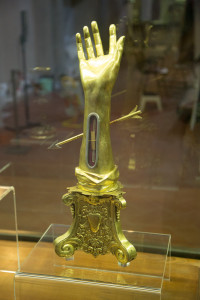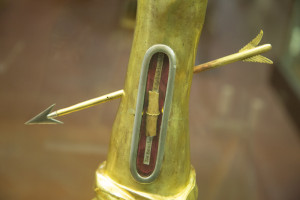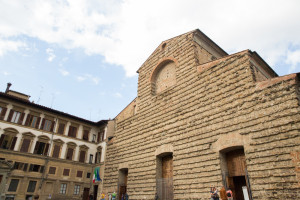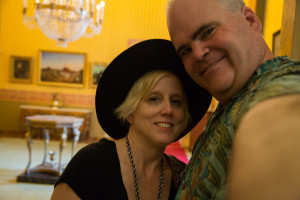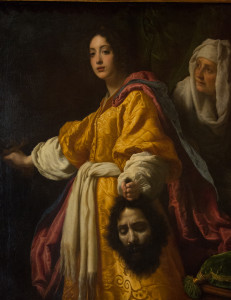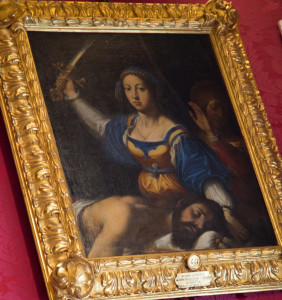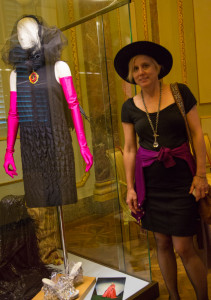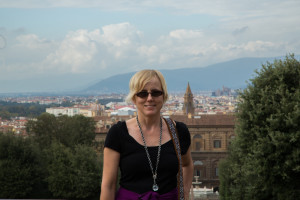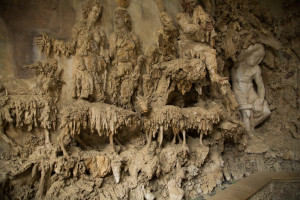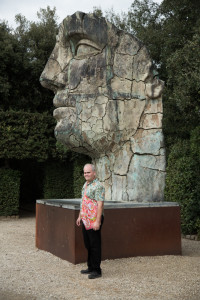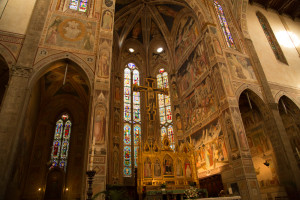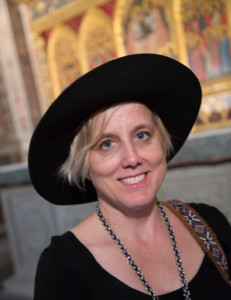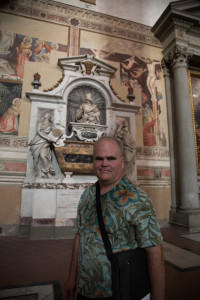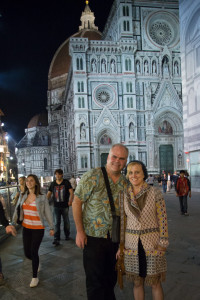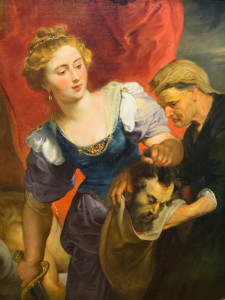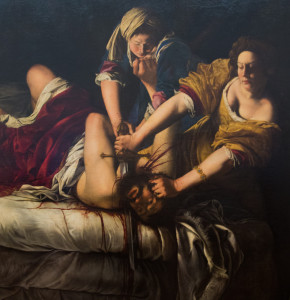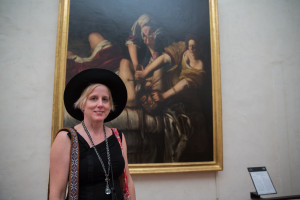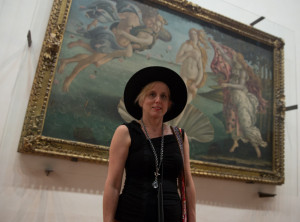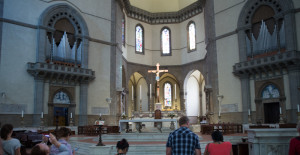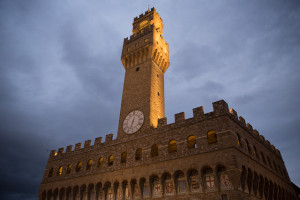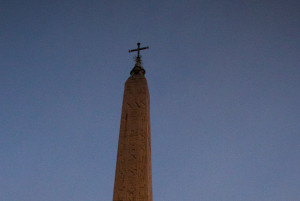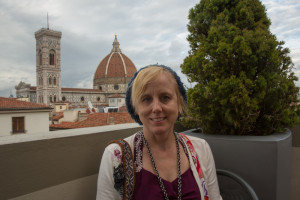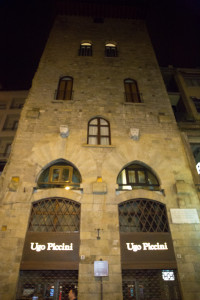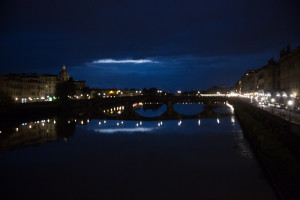I have been trying very hard of late to avoid online debates.
It’s hard. Â I’ve been engaging in online debates of one sort or another for almost 25 years now. Â I have strong opinions on things, I love a good debate, and it’s difficult to turn away when I see someone arguing for a position that I think is wrong.
But here’s the thing. Â I think online debates tend to push us further apart. Â And it strikes me that there are enough forces in this world operating to divide us, and now is a time when division is particularly problematic.
I think most of us would agree on a certain basic set of values.
- We don’t want the government to tell us how to live our lives.
- We want everyone to be able to live their lives in peace, comfort, and health.
- We have respect for those who are willing to put their lives on the line for our society.
- We think that government has a role to play, but where possible we’d rather see people be able to manage without it.
- We respect the right of others to make their own choices.
- We believe that people should be able to do what they want with their property.
- We think our society should be fair and give equal opportunity to all.
- We want our nation to be strong and do well.
I’m sure I could think of others. Â I’m sure you can too.
When an issue involves only one of these values, it’s easy.  But there are many issues where different values are in conflict.  And often different people will weigh the different values differently and thus come down on opposite sides of the issues.
Sadly, online discussion in these cases usually comes down to, “You don’t believe in value X, so you are a bad person.”  “How could you possibly take position Y – that must mean you don’t believe in value Z, so you are terrible.”  And that generates more heat than light and only ends up pushing us further apart.
I had a friend named Walt who passed away last year. Â While I am a staunch supporter of the Democrats, he was an equally staunch support of the GOP. Â We often disagreed about what the government should do. Â Our debates could get fierce.
But every now and then, we stepped back.  We dove deeper into the issues.  And invariably, we found that our differences came down to differing ways of applying and balancing our similar core values.  We actually agreed a lot more than we disagreed on the fundamentals, even though you’d never know it if you only looked at our political arguments.
With Walt, our debates were a kind of sport. Â Debating politics can be a lot of fun. Â But we could do this because we knew each other well, liked each other a lot, and could assume good will on each others’ part. Â For a lot of online discussions – the kind of thing that seems to happen on Facebook – discussions take place between people who barely know each other. Â Or often don’t know each other at all – one rubs against friends-of-friends in comment threads and the only thing you know about each other is what is said online. Â It’s hard to make an assumption of good will in such cases.
I am trying hard to avoid those conversations.  If I do not know someone well enough to honestly assume good will on his part, I’m going to try my best to avoid entering the fray.  I won’t always succeed – a 25-year-old habit is hard to break.  But I’m going to try.  I’m going to try to assume good will on the part of others that I meet online, and I’m going to hope that they will assume the same of me.


